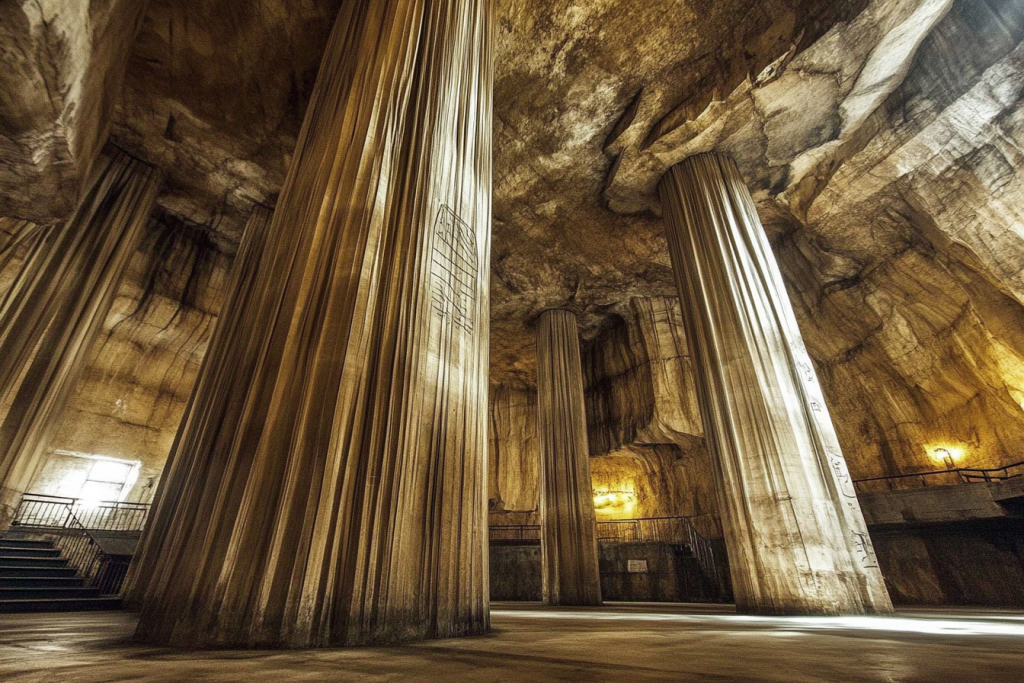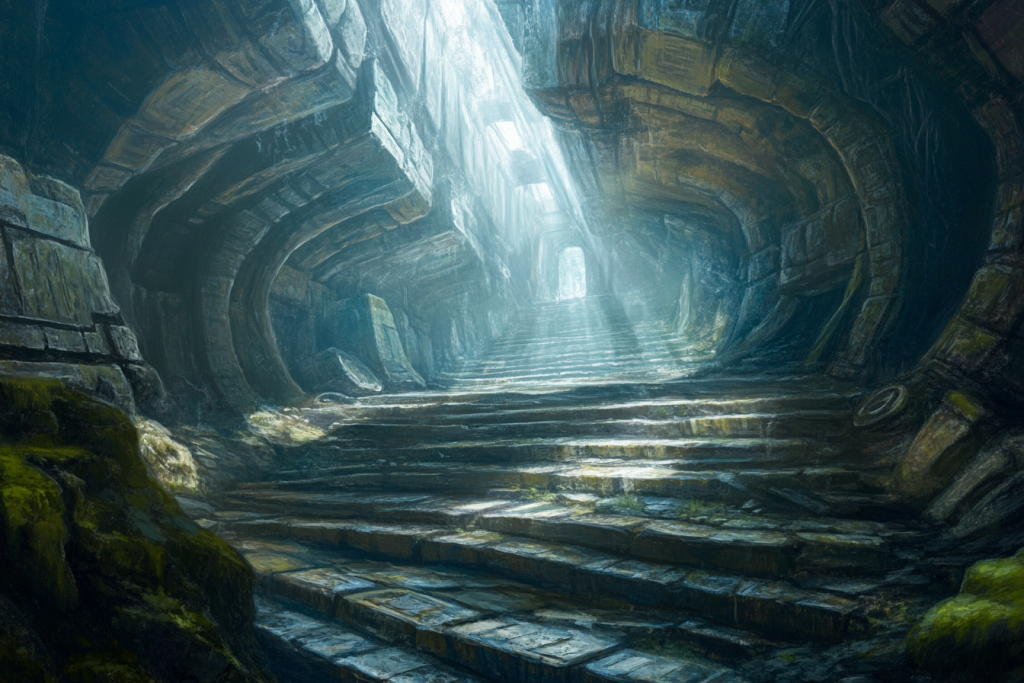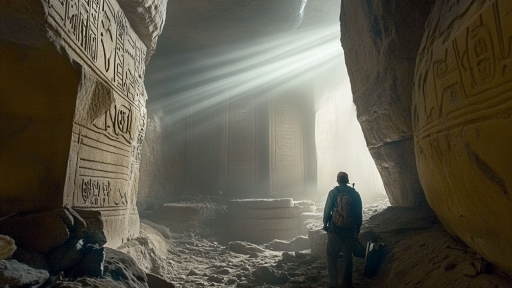
Scattered across the world are ancient structures that defy explanation. Built by civilizations long forgotten, these sites exhibit advanced engineering, astronomical precision, and intricate designs that seem to serve no clear purpose. Were they temples, observatories, or something else entirely? As researchers continue to investigate, these enigmatic ruins remain shrouded in mystery, leaving more questions than answers.
The Hypogeum of Ħal Saflieni

Beneath the streets of Malta lies an underground labyrinth carved over 5,000 years ago. Its chambers resonate with an eerie, amplified sound, suggesting it was designed with acoustics in mind. Some believe it was a burial site, while others claim it was a place for rituals involving sound frequencies. The true function of this subterranean wonder remains an enigma.
The Longyou Caves

Discovered in China in the 1990s, these massive, hand-carved caves show no signs of construction records or tools left behind. The sheer scale and precision of the excavation suggest a lost technology or knowledge. No one knows who built them, why they were abandoned, or how they managed to remove such an immense volume of rock. To this day, their purpose is unknown.
Göbekli Tepe

Predating Stonehenge by thousands of years, this Turkish site challenges our understanding of early civilization. The towering stone pillars, adorned with intricate carvings, suggest a ceremonial or religious function, yet no evidence of permanent settlement exists nearby. Why would a hunter-gatherer society construct such a complex site, and why was it deliberately buried? Scholars are still searching for answers.
Sacsayhuamán

Towering over Cusco, Peru, this fortress-like site is built with stones so precisely cut that they fit together without mortar. Some weigh over 100 tons, yet their placement defies our understanding of ancient construction methods. Was it a military stronghold, a ceremonial space, or something more advanced? The purpose behind this megalithic marvel remains debated.
The Unfinished Obelisk of Aswan

In an ancient Egyptian quarry lies a massive obelisk, abandoned mid-construction. Had it been completed, it would have been the largest of its kind, yet the reason for its abrupt abandonment is unknown. Was it due to structural flaws, or was there a deeper, lost knowledge involved in its creation? The mystery lingers among the sunbaked stones of Aswan.
Puma Punku

Part of the Tiwanaku complex in Bolivia, Puma Punku is a site of precisely cut stone blocks that interlock like giant puzzle pieces. Some of the cuts are so smooth and precise that modern tools would struggle to replicate them. Who built this site, and for what purpose? No written records remain, leaving its origins and function lost to time.
Nan Madol

Dubbed the “Venice of the Pacific,” this ancient city built on a series of artificial islands in Micronesia raises more questions than answers. The basalt megaliths used to construct it were transported across vast distances, yet no one knows how or why. Some believe it was a royal center, while others suggest a deeper spiritual significance. Its true purpose remains uncertain.
Derinkuyu Underground City

Hidden beneath Turkey’s Cappadocia region, this vast underground city could house thousands of people. Complete with ventilation shafts, wells, and stables, it seems designed for long-term habitation. Was it a refuge from invaders, a religious retreat, or something else entirely? The reason for its construction—and who first built it—is still a puzzle.
The Carnac Stones

Stretching across the fields of Brittany, France, are thousands of standing stones arranged in precise rows. The purpose behind this massive effort remains unknown—some speculate it was an astronomical calendar, while others suggest it was a sacred landscape. Despite centuries of research, no definitive explanation exists for these mysterious megaliths.
The Osirion at Abydos

Unlike the temples of ancient Egypt, this structure appears far older and is built with an entirely different architectural style. Its massive, precisely cut granite blocks bear no inscriptions, leading some to believe it predates recorded history. Was it a tomb, a temple, or something else entirely? Even within the grandeur of Egypt, this site stands apart.
Baigong Pipes

Near a dried-up lake in China, a set of ancient metallic pipes run through the rock, baffling researchers. Some suggest they are natural formations, while others argue they indicate a sophisticated knowledge of plumbing far older than expected. If they were man-made, what civilization could have built them, and for what purpose? The debate continues.
The Kaimanawa Wall

Deep in New Zealand’s wilderness stands a seemingly artificial wall, composed of massive, smooth stone blocks stacked with remarkable precision. Archaeologists debate whether it is a natural formation or the remnants of a forgotten civilization. If it was built, who were its architects, and why does no other evidence of them remain? The mystery persists beneath the jungle canopy.
The Labyrinth of Hawara

Ancient texts describe an Egyptian labyrinth so vast and complex that it rivaled the pyramids in grandeur. Believed to have contained thousands of halls and corridors, only its foundations remain today. Was it a palace, a temple, or a tomb for lost knowledge? Some believe its secrets are still hidden beneath the sands.
What If We’ve Been Looking at Them All Wrong?

Were these structures built for a purpose we have yet to understand, or have we been misinterpreting their function all along? Perhaps these sites hold knowledge far beyond what history tells us, hinting at lost civilizations or forgotten sciences. The more we uncover, the more we realize how much remains unknown. Maybe the real question isn’t what these structures were for—but why they were meant to be forgotten.





